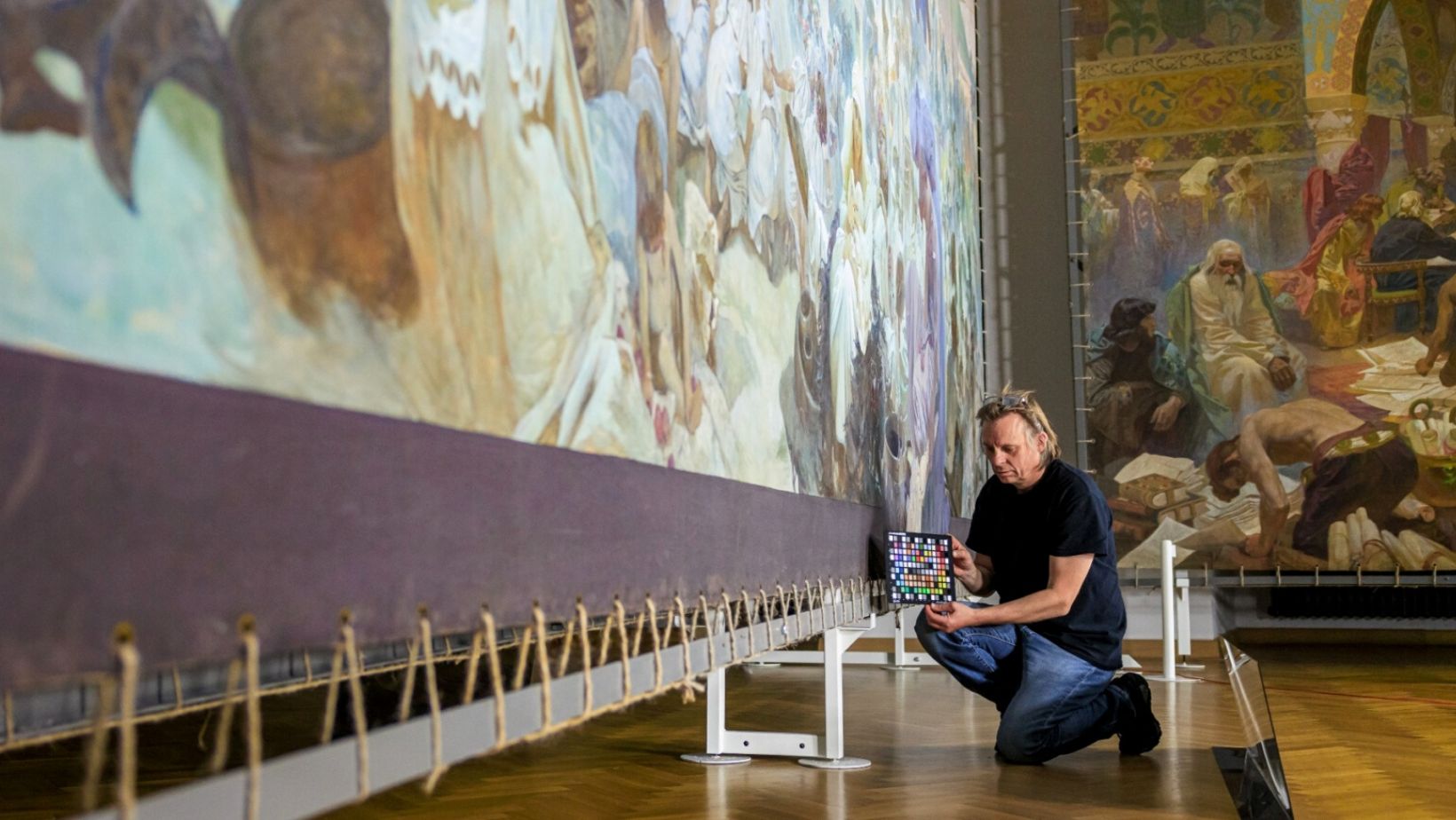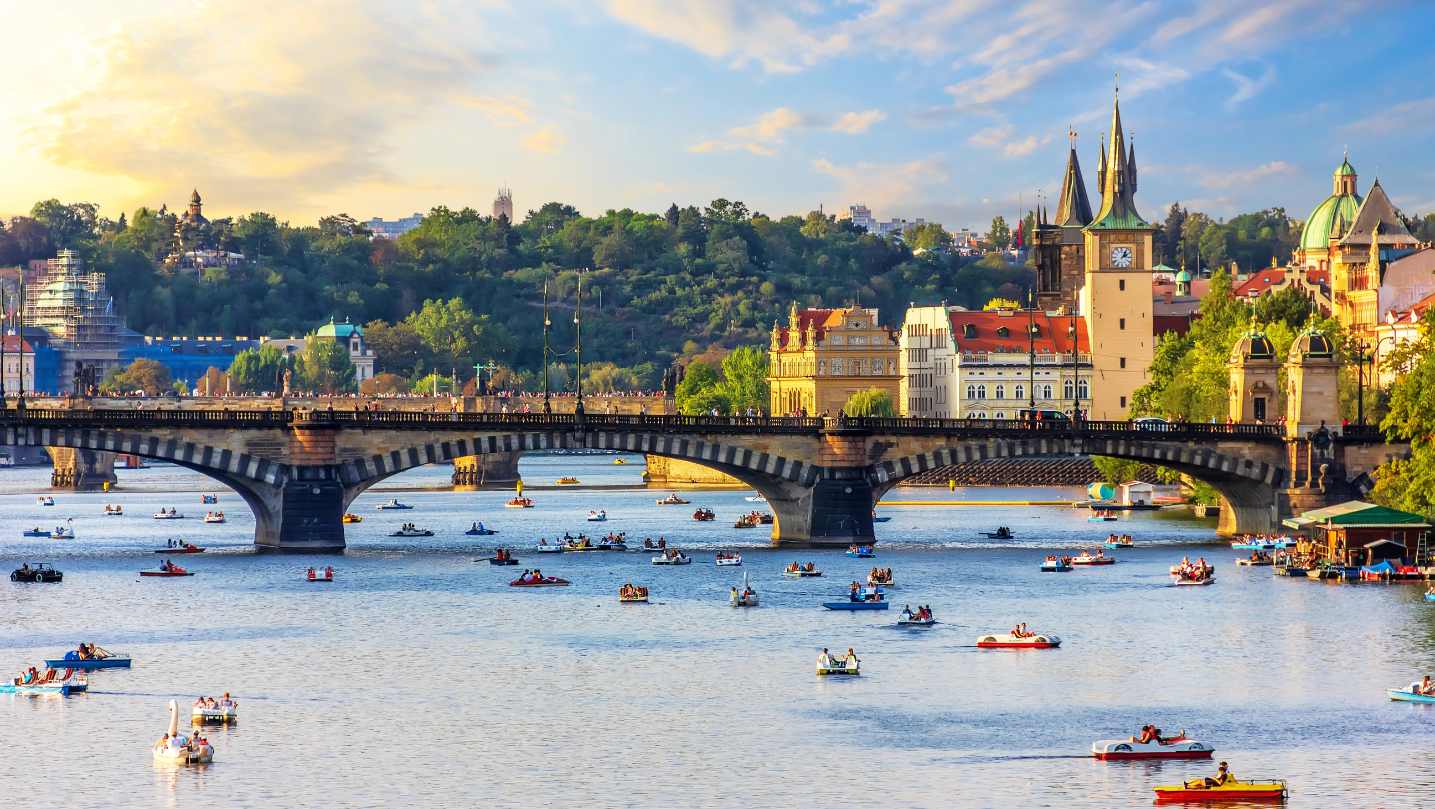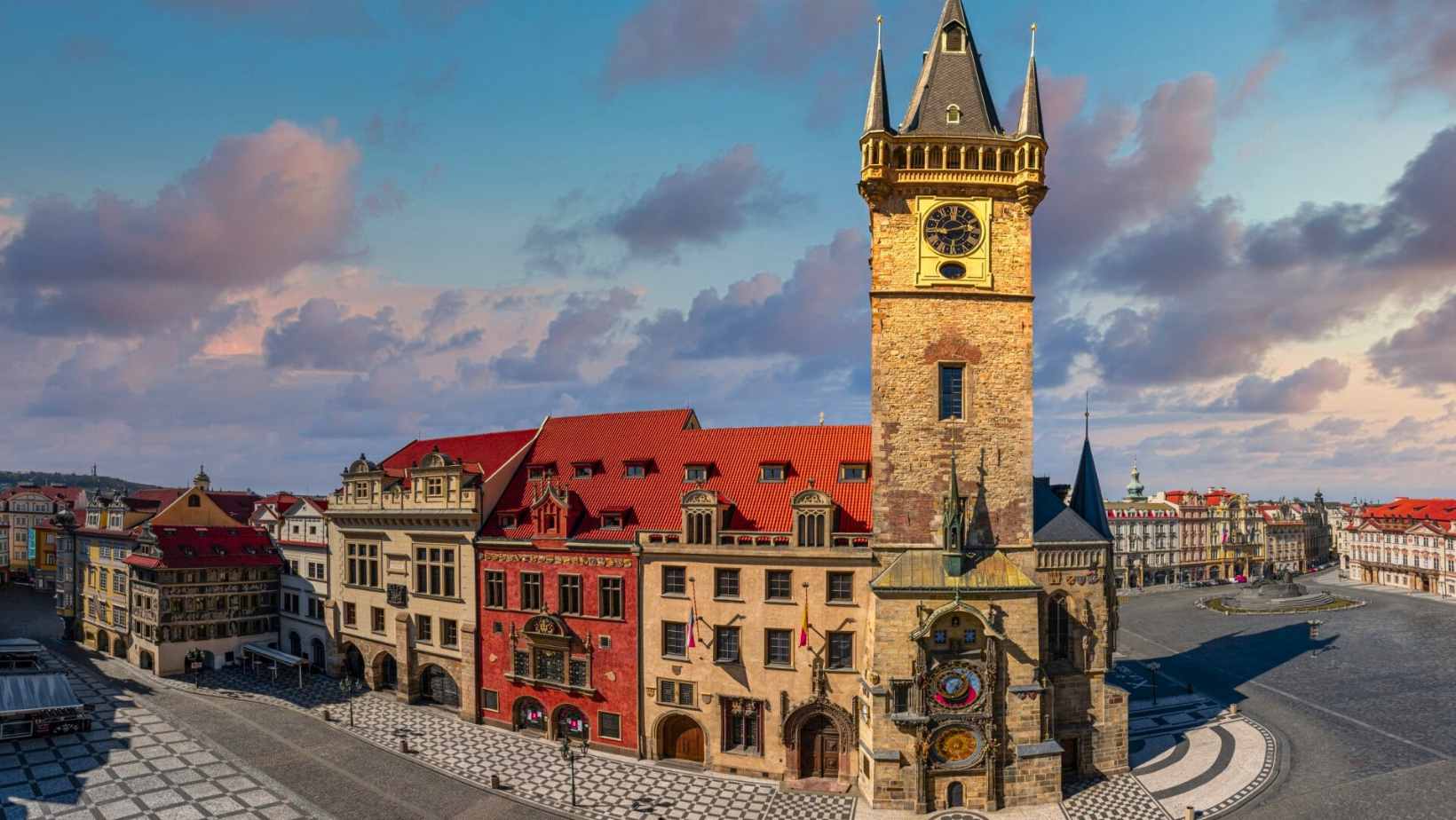The treasures of Czech art, design, and architecture are now freely accessible to the public via the internet.
The Google Arts & Culture platform has prepared a project called HeART of Czechia where people can view the works of the painter Alfons Mucha or the Tugendhat Villa in Brno.
According to Michal Lukeš, Director General of the National Museum, digitization is the future for museums. The purpose of the project is to preserve Czech cultural wealth for future generations while at the same time making Czech culture more accessible to viewers around the world.
The collection will therefore be presented in both Czech and English. For foreign tourists, it is an opportunity to get to know Czech culture before visiting the Czech Republic.“We are proud that, in cooperation with local institutions, we managed to bring the cultural heritage of the Czech Republic closer to people around the world,” said Google Arts & Culture Director Amit Sood.
Nineteen institutions participated in the project including the National Museum in Prague, the Olomouc Art Museum and the Pilsen Philharmonic.
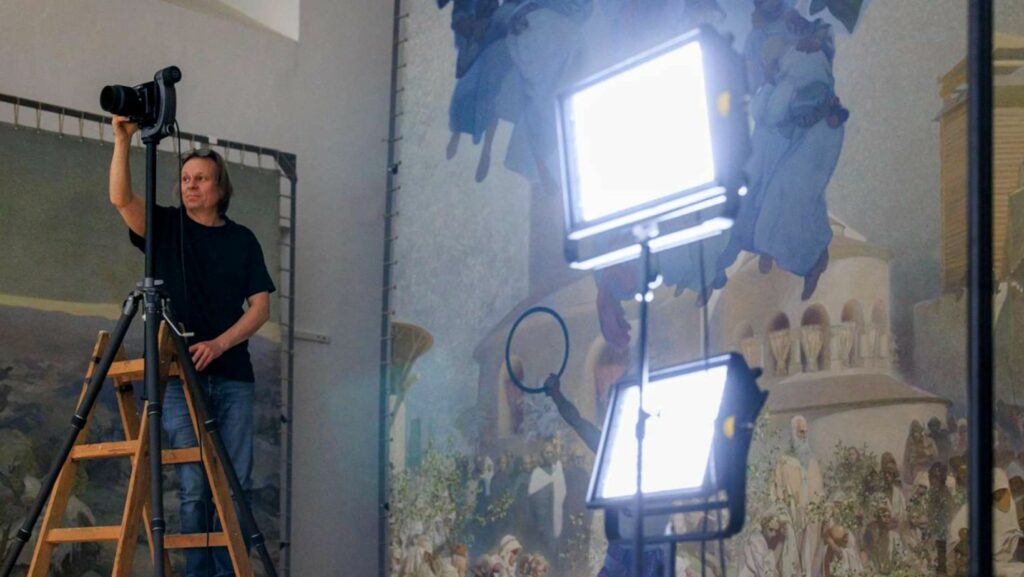
The HeART of Czechia includes over 2,500 works and artefacts, and more than 20 panoramic views, including the panorama of the House of the Black Mother of God in Prague. The collection is organized in alphabetical order meaning that the letter F stands for Franz Kafka and the letter G stands for Gothic.
The part of the project dedicated to art will present the works of Czech painter Toyen, František Kupka, Josef Čapek and Alfons Mucha.
Those interested can view 20 canvases of Mucha’s Slavic Epic in ultra-high resolution – this will enable them to follow the individual brushstrokes or unevenness of the canvas in close detail.
The digital collection will also offer, among other things, the work of the contemporary glass artist Martin Janecký, who produces sculptures by shaping glass, thus maintaining the long-standing Czech tradition of glass production.
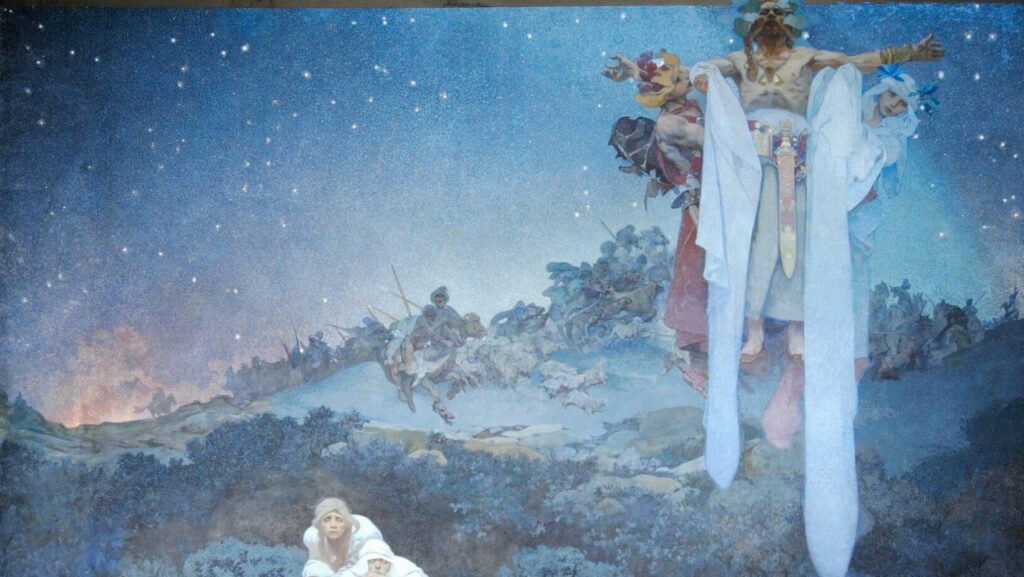
Thanks to the Srdce Česka project, Villa Tugendhat, which is one of the 16 Czech monuments inscribed on the UNESCO list, is also collaborating with Google Arts & Culture.
The virtual guide will show interested parties the villa and its garden, while also outlining the history of the place and introducing the architecture and interior of the villa.
The Google Arts & Culture platform was created in 2011. As a non-commercial initiative, it tries to make the culture of individual regions globally accessible.
It now has over 2,000 partners from over 80 countries and collects over six million artefacts through over 3,700 digital exhibitions. Google Arts & Culture focuses primarily on visual arts, literature, music, performance art, but also history and social events.
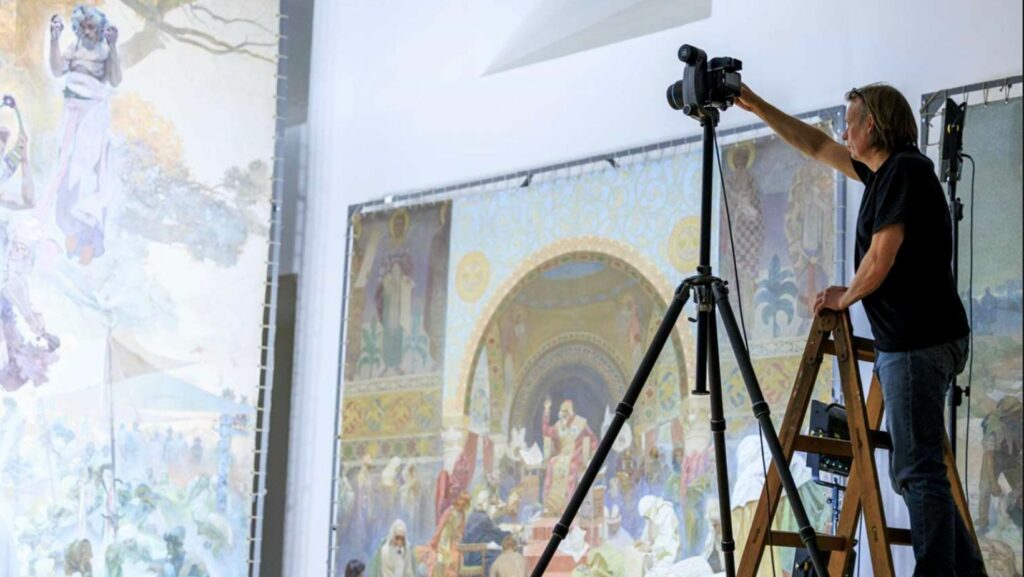
In 2020, Google Arts & Culture created an exhibition dedicated to the history of November 17, 1939, when the Nazis closed Czech universities and sent students to concentration camps, and November 17, 1989, when a suppressed demonstration by university students resulted in the Velvet Revolution.
The exhibition, prepared by the Memory of the Nation organization, displayed photographs and memories of the witnesses of the Velvet Revolution.
Prague’s Kampa Museum, for example, has been cooperating with the Google Arts & Culture platform for a long time. According to the organizers of the digital collection, the name ‘HeAart of Czechia’ hides the word art, in the Czech translation of art. The project was created within the framework of the Czech Presidency of the European Union.
Support Prague Morning!
We are proud to provide our readers from around the world with independent, and unbiased news for free.
Our dedicated team supports the local community, foreign residents and visitors of all nationalities through our website, social media and newsletter.
We appreciate that not everyone can afford to pay for our services but if you are able to, we ask you to support Prague Morning by making a contribution – no matter how small 🙂 .
-
NEWSLETTER
Subscribe for our daily news



